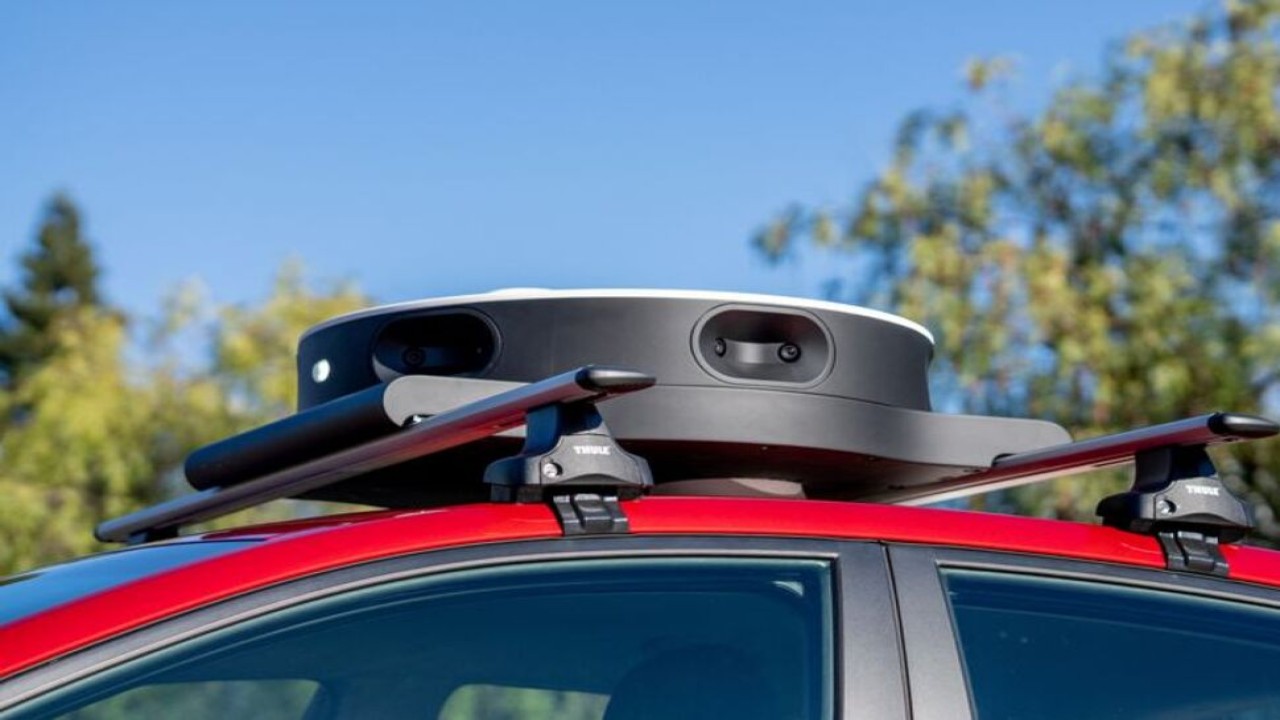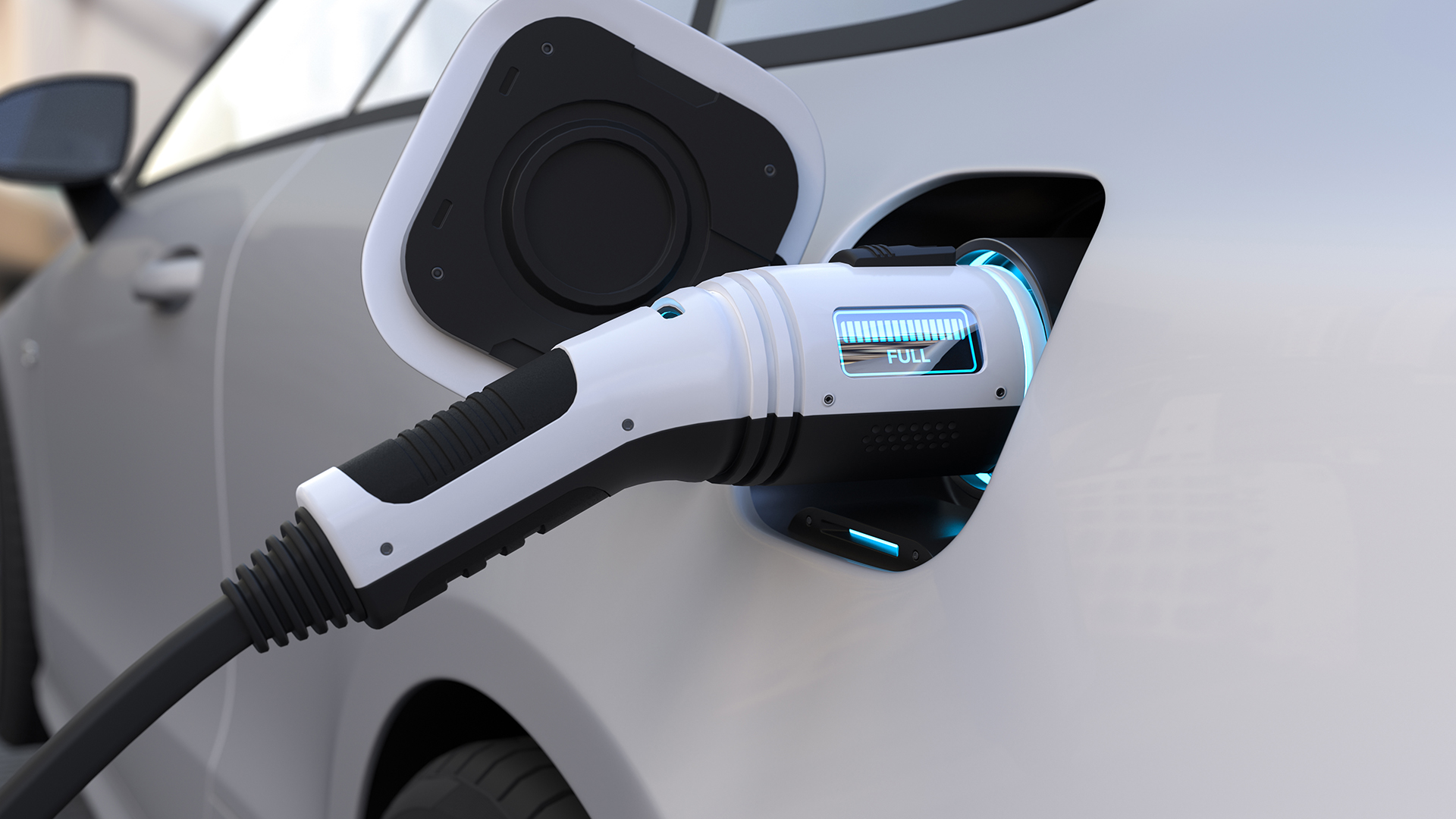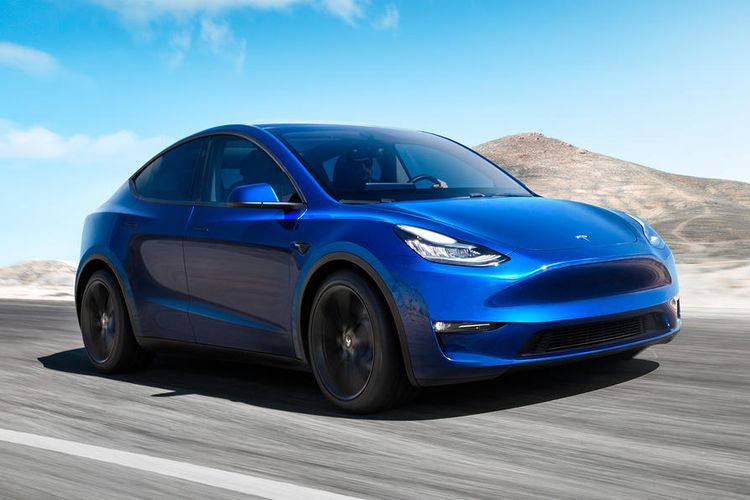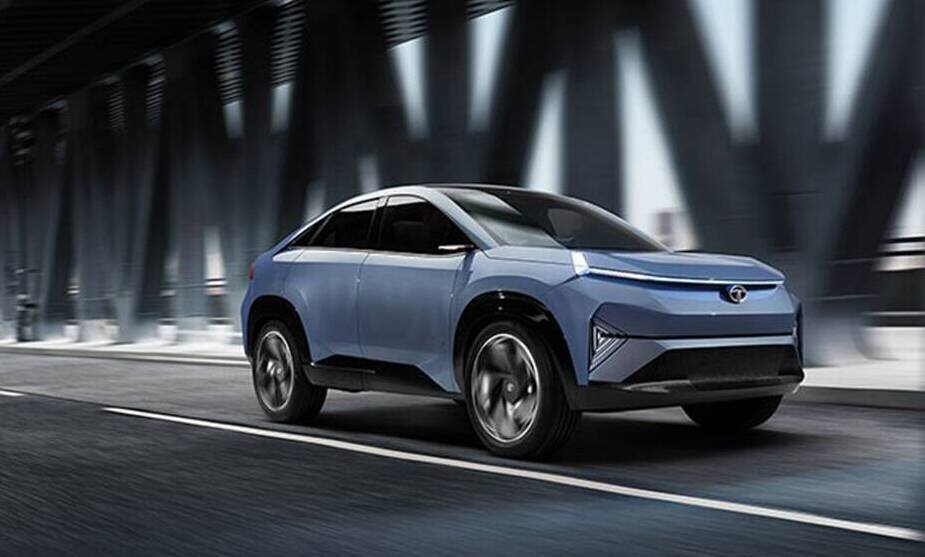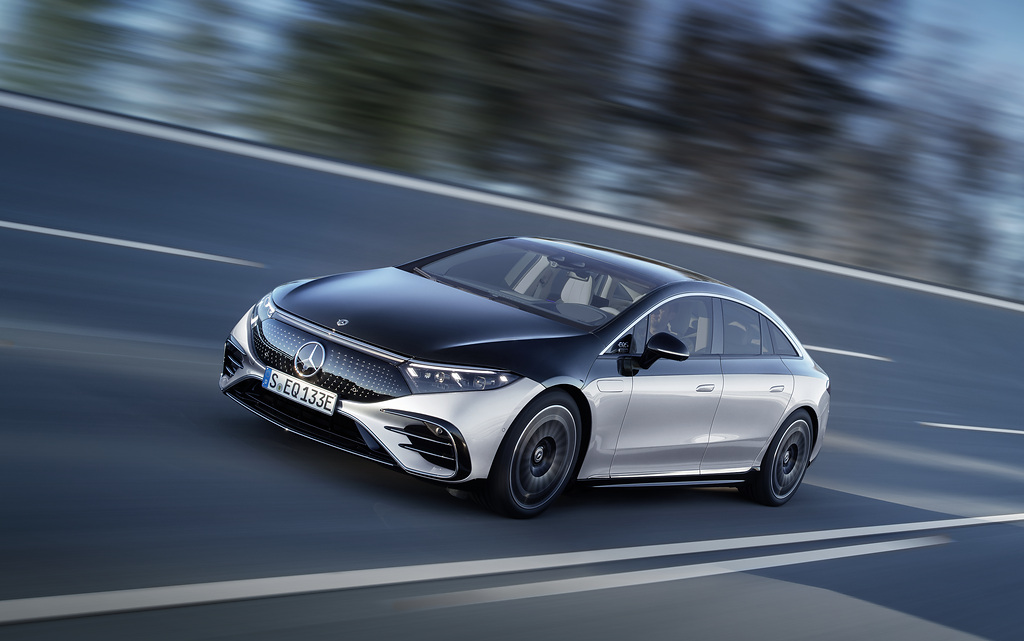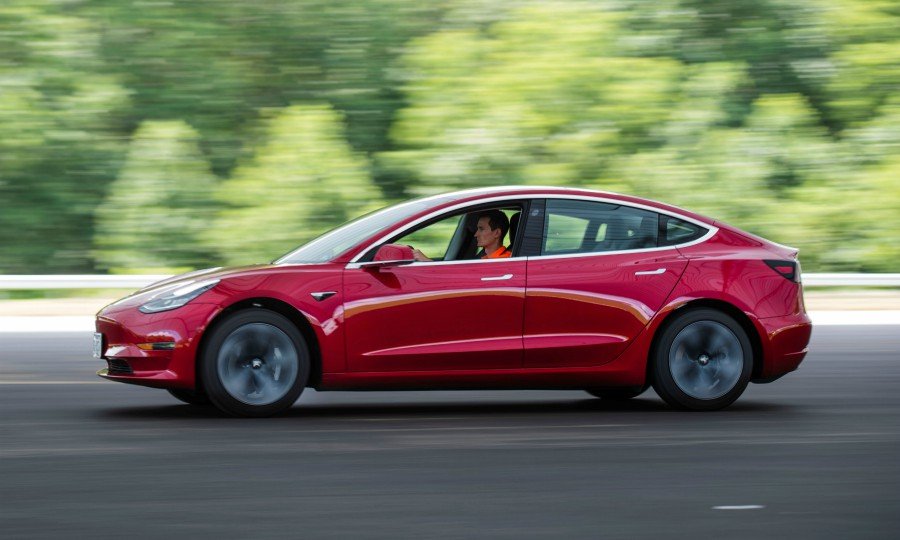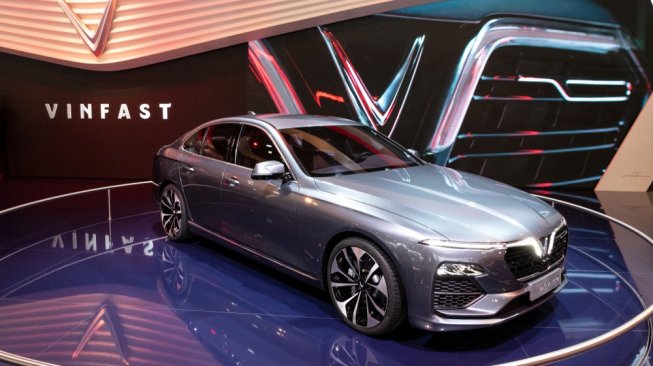Toyota Motor’s Woven Planet unit is following Tesla Inc in its efforts to advance autonomous technology without expensive sensors such as lidar.
Woven Planet says it can use inexpensive cameras to collect data and effectively train its autonomous systems. The use of cheaper cameras is expected to help lower costs and improve technology.
Collecting driving data using a large fleet of cars is critical to developing a robust autonomous car system.
Tesla collected data from more than 1 million vehicles on the road to develop its automated driving technology. Meanwhile, Alphabet’s Waymo and other self-driving car companies are adding expensive sensors like lidar to a small number of vehicles.
“We need a lot of data. And it’s not enough to just have a small amount of data that can be collected from a small fleet of very expensive autonomous vehicles,” said Michael Benisch, vice president of engineering at Woven Planet. .
“Instead, we’re trying to show if we can unlock the advantages that Toyota and the big automakers have, namely access to very large data sets, but with much less precision,” Benisch continued.
Woven Planet uses cameras that are 90 percent cheaper than the sensors used previously and can be easily installed in passenger cars.
Collecting data from a low-cost camera increases the performance of its system to a level similar to that when the system is trained exclusively on high-cost sensor data.
Benisch said Toyota will still use some sensors such as lidar and radar for robotaxi and other autonomous vehicles for use on the road, as it currently appears to be the best and safest approach to developing robotaxi.

